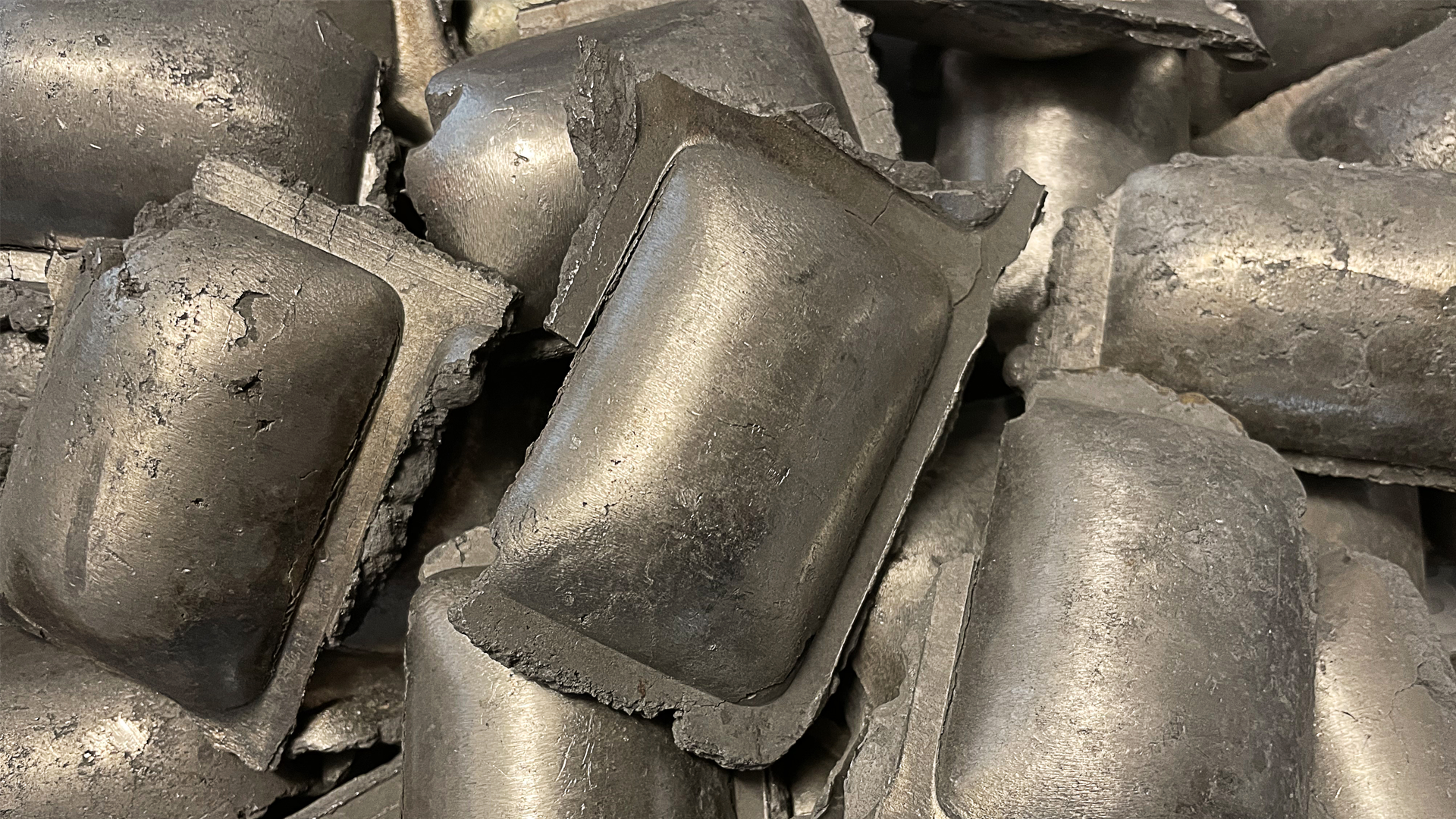Who are Tomorrow’s Professional Drivers?
How will we solve the acute shortage of drivers? Are technological innovations the answer? Or will a new view of the profession ensure that smart transport vehicles drive on our roads in the future? Who are tomorrow’s truck drivers and which skills will be in demand?
Today, we see technological solutions that simplify our everyday lives and workdays as a given. In recent times, we have seen innovations in the transport industry which facilitate planning and streamlining of day-to-day work. We have also seen solutions that contribute to a safer, simpler environment for drivers and their fellow road users. Yet, despite all the developments in the industry, ensuring that increasing transport needs can be met remains a challenge. This is something that cannot be achieved without skilled drivers who operate the technically advanced vehicles on our roads. Which makes me wonder how technology and views on the driving profession can influence and promote growth in terms of professional drivers?
When I spoke to Micaela Roslund, Project Manager at TYA (Transport Union Occupational and Work Environment Committee), she said that she believes new technology, among other things, will enable us to transport larger quantities of goods in a smarter, more efficient way than at present. At the same time, legislation aimed at allowing larger and heavier vehicles to operate between our cities is necessary to meet the predicted increase in transport needs. And even though we will able to meet increased transport needs through technology and legislation, recruiting drivers remains a challenge. Micaela views this challenge positively since she believes there are several ways to supply haulage companies with labour in the future. Upper secondary schools currently account for the largest proportion of this – approximately 1,300 graduating students per year. This is followed by, among other things, adult education, into which the government is now investing more with nearly twice as many placements (around 800) in order to address the driver shortage.
Technology and education increasing accessibility
Technological solutions can overcome certain perceived obstacles, thereby making the profession accessible to more people. There are excellent examples of how people with various disabilities are able to perform their jobs as truck drivers just as well as other drivers thanks to products such as MFC. In this way, technology can be part of the driver shortage solution.
Technology is also a factor in how well prepared students are when they conclude their vehicle and transport training programmes and head into the labour market. Sandra Pettersson, Transport Educator and Driver Tester at Vreta Training Centre and winner of the 2019 Vocational Teacher of the Year award, underscores the importance of training programmes corresponding to the industry to facilitate the smoothest possible transition from school to working life. An example of this is that, at present, many of the schools lease their vehicles to provide students with the best possible conditions to receive training on the actual technological solutions and systems used in the industry. Being well prepared is imperative for students taking part in on-the-job training. Micaela Roslund from TYA believes that on-the-job training is the most crucial element for whether or not a student will be able to enter the transport profession.
Social and quality-focused drivers
In addition to students being trained these days in more technologically advanced vehicles, Micaela points out that there has been a shift in today's labour market with regard to which skills are becoming more important in the industry. “ Transport is primarily a social profession. The customer is the focus along with reliable deliveries. In the past, many sought to define the profession as a technical profession, but, when we ask hauliers and HR staff, it is clear that the profession is characterised by the following: interpersonal skills, quality-focused work, good cooperation and professionalism – in that order.”
When I spoke with Sandra about what constitutes the focal point in education at present, she replied: “The focal point revolves around numerous mainstays, such as ensuring that future professional drivers are able to take responsibility and work independently and in teams to tackle the challenges they face. We focus a great deal on professional knowledge linked to road safety, driving and rest break regulations, tachograph operation, load weights and load securing, and, of course, we focus on sustainable transport and efficient, economical driving.”
In the School Leadership Survey conducted by TYA, a trend is noticeable in that the number of women aspiring to become professional drivers is increasing year on year. Sandra believes that this will result in a somewhat more equal industry and provide a wider recruitment base. Micaela is also convinced that this will positively change the haulage industry in the long term, as more people will consider a career as professional driver. “Most of the hauliers with whom I’ve had contact think this is great and would gladly hire girls since they drive more cautiously, which saves more fuel and results in fewer breakdowns. Now schools need to catch up and employ more female teachers to serve as role models for students.”
What is required?
So what will solve the problem of driver shortages? Technological innovations or a new view of who can be a skilled professional driver? Who are tomorrow’s truck drivers and which skills will be in demand? If you listen to the TYA trade organisation, solving the acute driver shortage will require a combination of technology, legislation and people.
A tip for hauliers looking to recruit tomorrow’s drivers: make sure to provide the best possible work environment so that you are able to retain skilled employees. “You must make sure to always take care of your skilled workers,” says Micaela.
One part of professional driver training involves learning how to couple optimally. Download our guide below on how to best couple a trailer if you want to boost your knowledge.
Recommended reading

Efficiency, Safety, and Sustainable Transport – Top 5 Articles and Insights of 2024

Transport Industry 2024: Great Progress Towards a Sustainable Future

